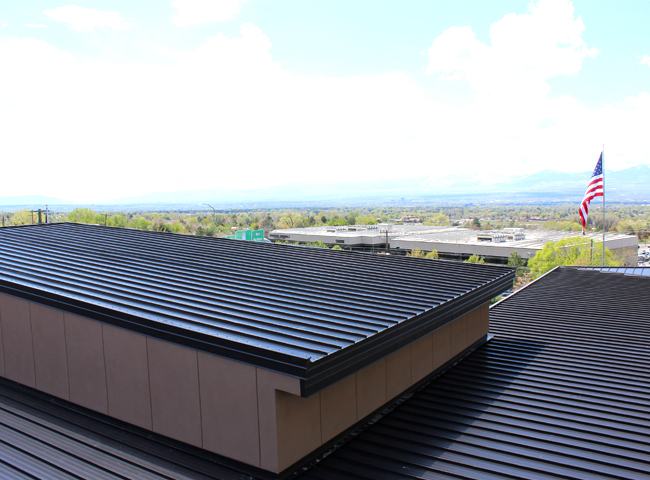There is no blanket approach to weathertightness warranties. In fact, the "standard warranty" of years gone by could end up leaving the warranted individual in the lurch. It is imperative that architects understand that with a manufacturer's standard 20-year weathertightness warranty, manufacturers are not responsible for ensuring proper installation. If one wants to do everything within his or her control to ensure the roof gets installed properly, specifying a "Day One" (also known as a "Single Source") warranty will be more beneficial.
This paper will examine some of the basic differences between the two main types of weathertightness warranties and will identify some of the key caveats for architects to consider when specifying this critical piece of the building plan.
Related Stories
Sponsored | Performing Arts Centers | Jan 17, 2024
Performance-based facilities for performing arts boost the bottom line
A look at design trends for “budget-wise” performing arts facilities reveals ways in which well-planned and well-built facilities help performers and audiences get the most out of the arts. This continuing education course is worth 1.0 AIA learning unit.
Sponsored | Multifamily Housing | May 8, 2022
Choosing the right paver system for rooftop amenity spaces
This AIA course by Hoffmann Architects offers best practices for choosing the right paver system for rooftop amenity spaces in multifamily buildings.
Sponsored | BD+C University Course | Apr 19, 2022
Multi-story building systems and selection criteria
This course outlines the attributes, functions, benefits, limits, and acoustic qualities of composite deck slabs. It reviews the three primary types of composite systems that represent the full range of long-span composite floor systems and examines the criteria for their selection, design, and engineering.
Sponsored | BD+C University Course | Jan 12, 2022
Total steel project performance
This instructor-led video course discusses actual project scenarios where collaborative steel joist and deck design have reduced total-project costs. In an era when incomplete structural drawings are a growing concern for our industry, the course reveals hidden costs and risks that can be avoided.
















